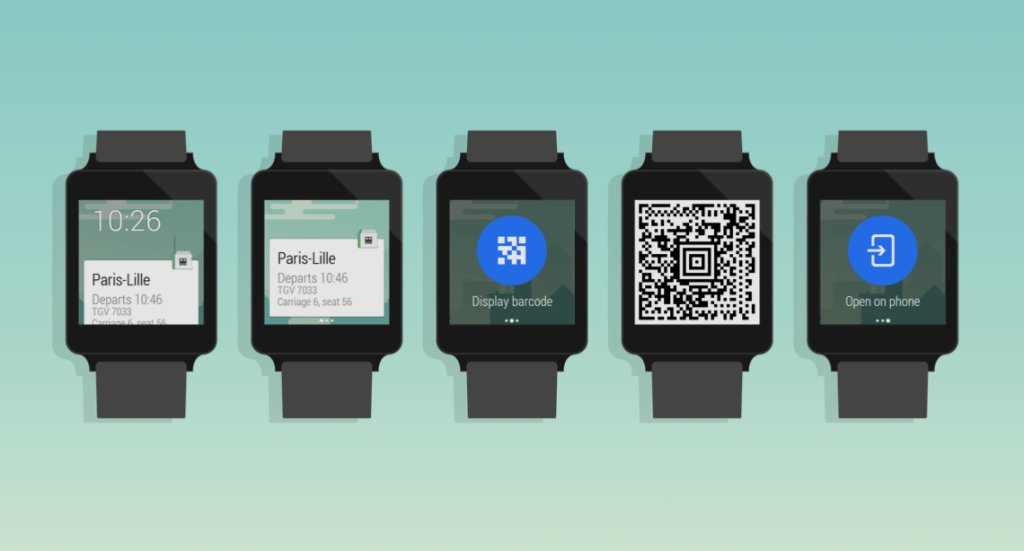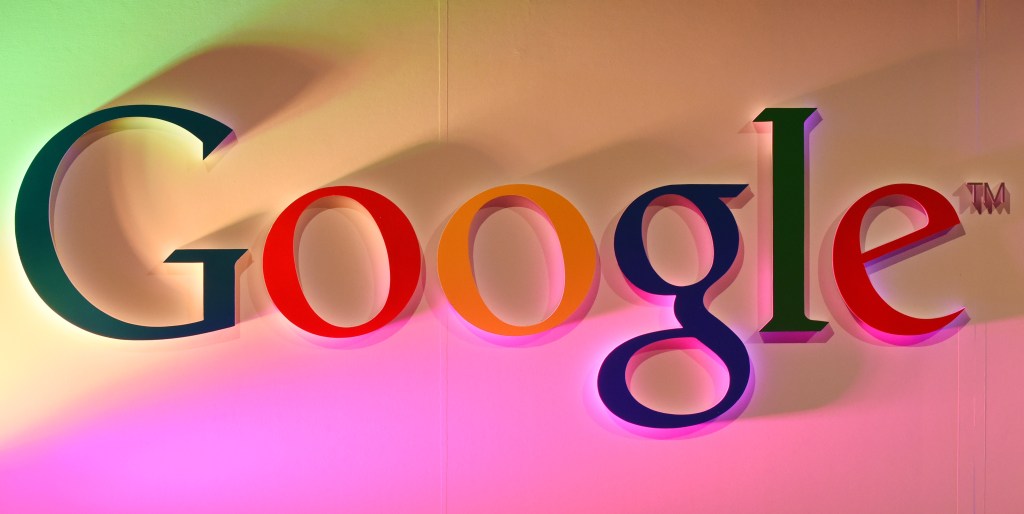Andrew Levy
The wristwatch has been a fashion accessory for almost 450 years, but technology has transformed what was once a mere timepiece into a $30 billion industry. At the heart of this movement is the Apple Watch, a reimagining of the wristwatch that has turned the space on its ear by marrying wearable tech wizardry with sleek, modern design.
With the inclusion of tech, something else interesting has also happened to the humble wristwatch: It has developed the potential to be a valuable business tool, as well.
With 38 different watches available, Apple has called its Watch the most personalized device it has ever created. But there’s still a chance for a competitor, like Google Android Wear, to take a bite out of the Apple Watch market share — and enterprise usability just might be a key point of difference.
Android Wear devices offer many tools and services that can positively impact the daily life of corporate users. Android Wear’s biggest value-add for both regular consumers and professional users is the ability to communicate through the smartwatch itself. Because it syncs to your phone, all of your alerts and notifications get pushed directly to your wrist — and that wrist vibration can keep you from missing calls in meetings or in loud occupational environments like server rooms or manufacturing floors.
Plus, those who travel for work will benefit from Android Wear’s travel cards, which pop up when a trip is scheduled in your Google calendar. This means QR codes for boarding passes load to your wrist, as do hotel reservations, local traffic conditions and turn-by-turn driving directions, when needed.
Features like these might be Google’s ticket to get ahead in the smartwatch segment. There are many potential paths to this possibility — but here are three ways it could finally pluck Apple Watch from its place at the top of the heap.
Delivering A Swiss-Made Smartwatch
To date, Samsung, LG, Motorola, Asus and Sony have all released Android Wear watches. Those brands have one thing in common: None of them are watchmakers.
On the other hand, the Swiss produce only a little more than 2 percent of the world’s watches, but capture more than half the global watch revenue. They produce some of the finest watches in the world, and Swiss watchmakers have accumulated thousands of patents that cover everything from clasps to mechanical function. Even the watch faces themselves are valuable: In 2012, Apple reportedly paid $21 million to the Swiss Federal Railway service to use its iconic watch-face design for the clock in iOS6.
To deliver the ultimate in modern form-meets-fashion, the answer is fairly simple: bring smartwatch technology into mechanical and quartz watches without sacrificing quality or style. In other words, get the Swiss on board! Not only would it be a boon to smartwatch buyers who don’t want to sacrifice fashion for function — it also could help Swiss watchmakers survive the digital age.
Harnessing The Power Of Project Ara And Android Wear OS
Google has spent a lot of time recently trying to regain control over Android. There’s been an uptick in Chinese OEMs leveraging the Android Open Source Project (AOSP), as well as momentum behind Cyanogen. This has resulted in Google preventing customization of some newer product releases, like Android Wear.
However, if Google completely open-sourced Android Wear, it would allow manufacturers to customize the OS for specific use cases, like for divers, pilots and the military. It could also ease the incorporation of Android Wear into Project Ara.
Project Ara is Google’s open hardware initiative for smartphones. The idea is to modularize the components of a phone (CPU, storage, camera, etc.) into an open platform to which any engineer — not just large hardware manufacturers — can contribute modules. These modules can be “hot swapped” or changed on the fly.
For example, an old camera module can be unplugged from the phone’s endoskeleton frame, and replaced with a newer high-resolution camera. Or you can choose to remove your Bluetooth module and add extra storage.
This is a great initiative, but right now, it’s limited in scope. Why stop at smartphones? The components that live in a smartwatch, like the CPU, Bluetooth and storage, can easily fit inside a traditional watch. This is the integration point between Google and the Swiss. Project Ara for Android Wear, integrated into a Swiss watch, gives consumers the best of both worlds.
For example, you don’t need to worry about a smartwatch becoming dated, as the components can be upgraded as needed. Even better, you can keep your beloved Swiss mechanical function and watch face.
Thinking Outside the Box — And The Watch Face
Both Google and Apple stress that their product is more than just a watch. At Google IO, they are quick to point out that more than 4,000 apps have been created for their device. Today, the most interesting apps don’t even require an electronic display on the watch, such as functions for payment, identity, audio commands and fitness.
Imagine being able to hold up your Breitling to the NFC payment reader at your local supermarket to buy groceries, or automatically unlocking your car door with your Patek Philippe. Go out on a run and have your Swiss Army watch record your workout. Channel James Bond and talk into a microphone in your Omega Seamaster. The use-cases and customizations are endless and exciting.
Even better news? There is precedent for these types of partnerships. Google recently partnered with Levi’s on Project Jacquard to bring gesture and touch-sensing textiles to the masses.
Is there still a window for Google to win the smartwatch race, and drive billions in new revenue into the watch industry? Yes. By leveraging its hardware platform, Project Ara, and completely open-sourcing the Android Wear operating system, Google could bring together traditional Swiss craftsmanship with Silicon Valley technology into packages that deliver variety, and allow more consumers to become smartwatch owners.































Comment